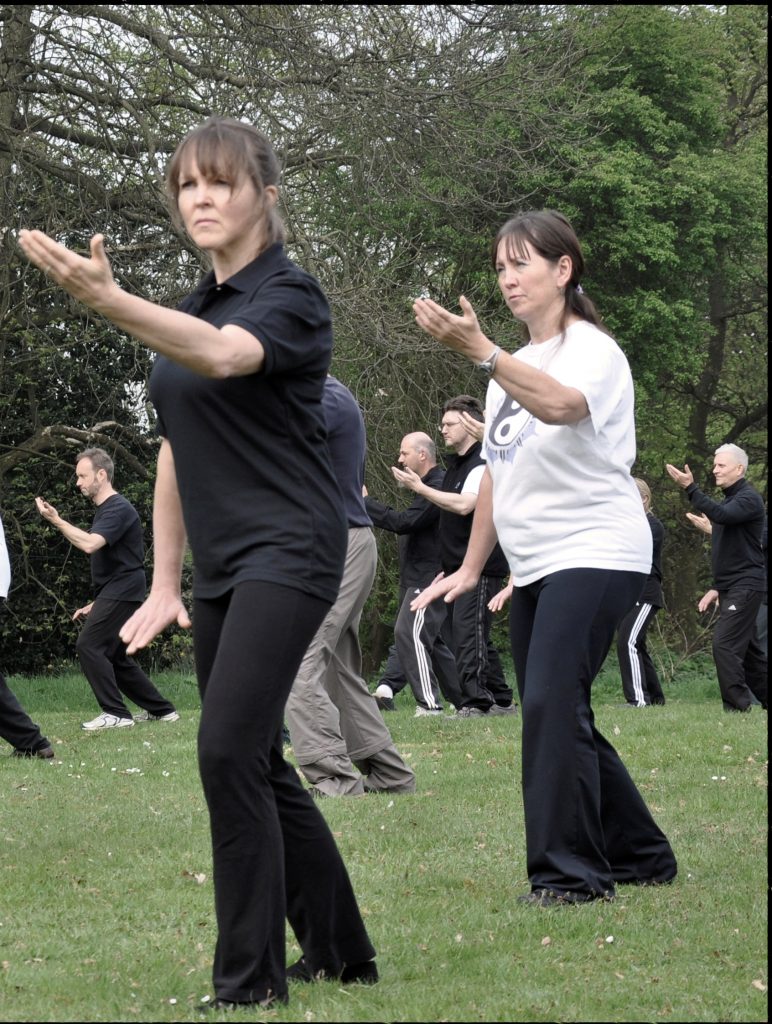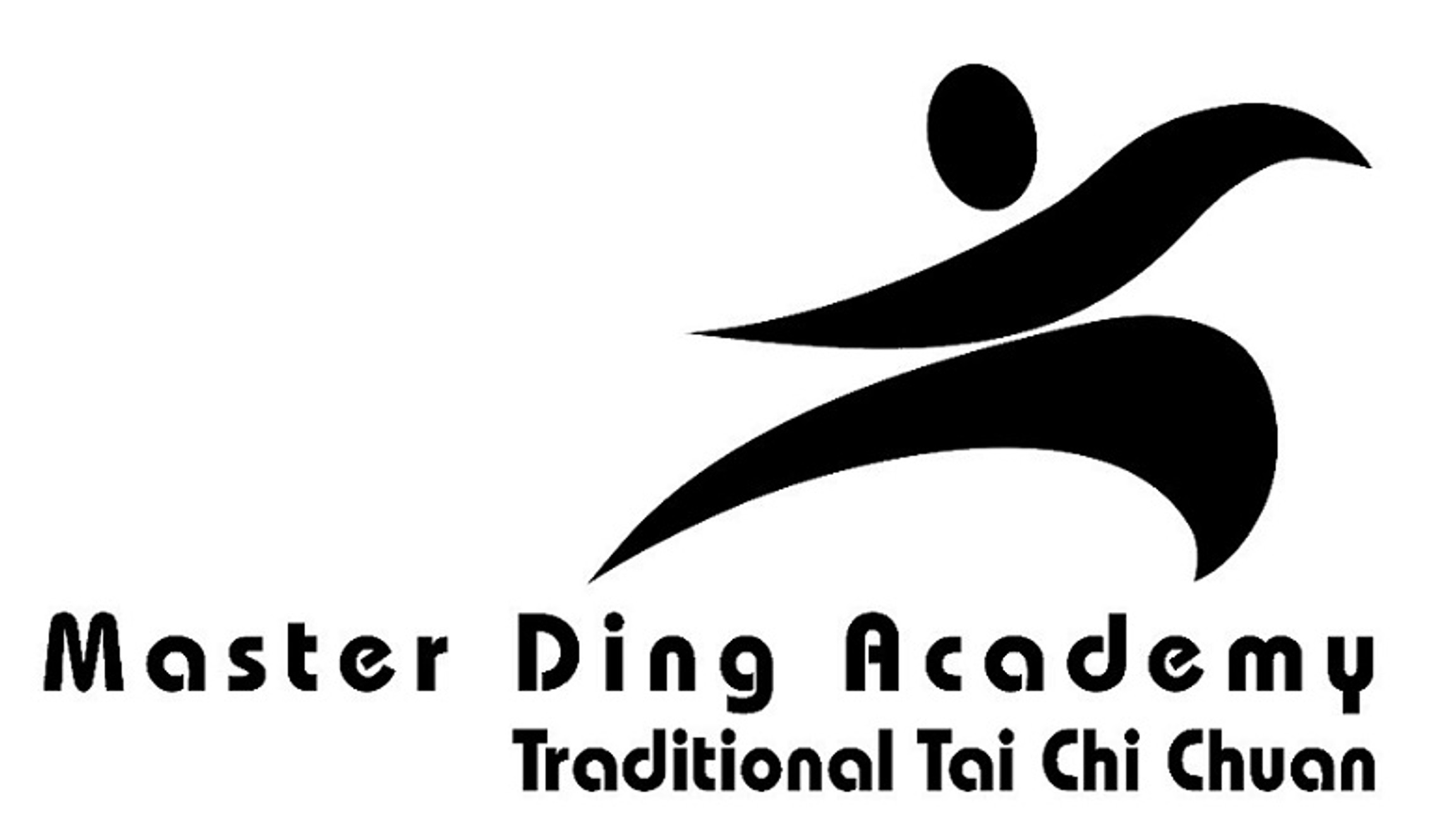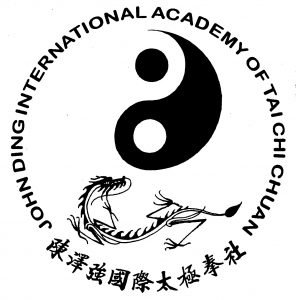TAI CHI TO REDUCE BLOOD PRESSURE: IT IS MORE EFFECTIVE THAN AEROBIC ACTIVITY

Tai Chi, a delicate Chinese martial art, is more effective than traditional aerobic exercises in reducing blood pressure in adults with pre-hypertension. This is the conclusion of a study conducted by Chinese researchers just published on Jama Open. Pre-hypertension is a borderline phase: the recorded blood pressure values are not yet high enough to be classified as hypertension, but they still carry significant risks for future cardiovascular problems. Recognizing the importance of early intervention, the scientists compared the impact of Tai Chi, known for its varied health benefits, with more vigorous aerobic activities such as light running, brisk walking and cycling.
What is Tai Chi
Tai Chi (which is often seen practiced in city parks) is an ancient practice of physical and mental exercise that involves a series of movements performed slowly and precisely, accompanied by deep breathing. A traditional Tai Chi session begins with a warm-up, with very simple movements (rotation of the shoulders, inclination of the body and head) followed by other types of exercises that can vary depending on the style followed. The discipline promotes relaxation and balance, reducing the risk of falls and improving general physical and mental health.
Running and Tai Chi compared
The new Chinese study also confirms benefits at blood pressure levels. Conducted at two major hospitals in China between July 2019 and January 2022, this research involved 342 participants aged between 18 and 65 (average age 49), all in the pre-hypertension phase, with systolic levels (the maximum pressure) between 120 and 139 mm Hg or diastolic levels (the minimum pressure) between 80 and 89 mm Hg. Researchers from the Chinese Academy of Chinese Medical Sciences divided the participants into two groups, one group that undertook Tai Chi and the other that engaged in aerobic exercises such as stair climbing, jogging, brisk walking and cycling four times a week. Both groups participated in four 60-minute supervised sessions weekly for an entire year. The greatest benefit was considered to be the reduction in systolic blood pressure, which signals a greater risk of developing hypertension or cardiovascular disease, at the end of the one-year study.
Tai Chi wins over aerobic exercise
The Tai Chi group saw a significantly greater reduction in systolic blood pressure than the aerobic exercise group. Specifically, Tai Chi participants experienced a -7.01 mm Hg reduction in systolic blood pressure, while those in the aerobic exercise group saw a -4.61 mm Hg reduction. These results were not isolated to blood pressure measured in the office; in fact, the Tai Chi group also showed superior results in ambulatory measurements of systolic blood pressure over 24 hours, particularly during the night, suggesting a long-lasting effect.
Why does Tai Chi have this effect?
Tai Chi is a mind-body practice that emphasizes slow, controlled movements, deep breathing, and mental concentration. Unlike aerobic exercise, which may require a large environment (a park for running or a gym membership to ride a stationary bike or treadmill) and carry a risk of joint damage, Tai Chi has a low impact, and this accessible to people of all ages and fitness levels. Not only does it help improve physical balance and cardiopulmonary function, but it also promotes relaxation, potentially reducing stress levels and therefore blood pressure. The research is not the first of its kind and adds to other works that go in the same direction. Like isometric exercises, Tai Chi also fights high blood pressure.
LINK TO THE SCIENTIFIC ARTICLE PUBLISHED IN JAMA

![]()
c\0 Istituto Pio X Artigianelli
Via dei Serragli, 104
50124 Firenze FI



Lascia un commento